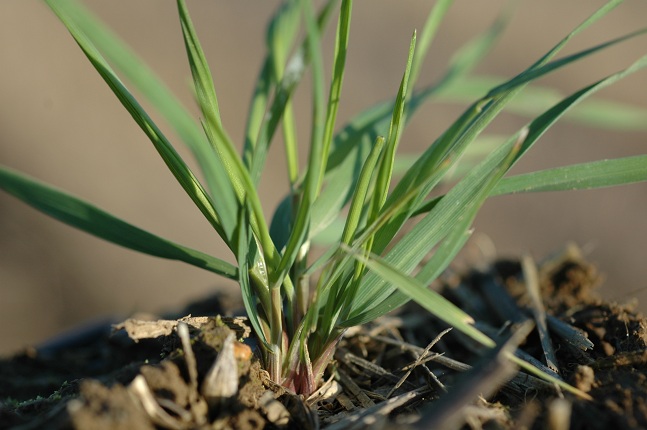Over 38,000ha has been committed the new Straw Incorporation Measure (SIM) indicating its success, according to Teagasc.
Oats are the predominant crop in the scheme, which account for 33% of the area. Barley is next at 25%, followed by wheat at 22%, and oilseed rape at 20%.
There were 1,957 applications, with the average payment likely to be in the region of €4,500 per application.
Key to the benefits of the scheme is achieving good, even straw chop length.
Advice for chopping
Many choppers on harvesters may not have been used recently, so before chopping the designated fields, farmers are being advised to make sure that the chopper is in good working condition.
All the knives should be in place and in good condition. The system should also be set up to deliver a good spread of the chopped straw across the full width of the header.
Teagasc is also advising to chop a headland before entering the appointed fields. This is to make sure that everything is working correctly, thereby avoiding any unnecessary delays.
Straw Incorporation Measure
According to the terms of SIM, straw must be incorporated as soon after harvest as possible, using non inversion systems such as disks or tine cultivators.
Chopping straw not only sequesters carbon into the soil, but it also returns nutrients to the soil, reduces compaction, helps feed soil organisms and helps as a soil conditioner.
Weed woes
Meanwhile, there has been a significant increase in the number of tillage farmers reporting problem grass weeds – including bromes and blackgrass – to Teagasc advisors.
Wild oats have also proven problematic on many farms this year.
According to Teagasc, stubble cultivations are the first step in the control of many grass weeds, as the reliance on herbicides is not achieving adequate control on many farms.
Grass weeds, especially blackgrass, could become the most problematic weed on Irish farms, if not controlled early.

Growers are spending up to €150/ha on herbicides for control in the UK, so the option for Irish growers is to adopt a zero-tolerance policy, where black grass is concerned.
A full integrated pest management (IPM) approach including crop rotation, rogueing, stubble cultivations, machinery hygiene, herbicides and, possibly, the establishment of a grass ley, have to be considered.
Herbicides alone are not the answer. Shallow cultivations, no deeper than 2cm, will encourage up to 80-90% of sterile brome and blackgrass seeds to germinate.
Deeper cultivation can induce dormancy in some weed seeds and delay germination. It is also vital to identify the grass weed that is being encouraged to grow.
Meadow brome e.g., needs exposure to light for a period of time in order to break dormancy, whereas sterile brome needs to be covered.
If not establishing cover/catch crops, there may be an opportunity to carry out two to three cultivations and burn off with glyphosate before the establishment of the next winter or spring crop.
